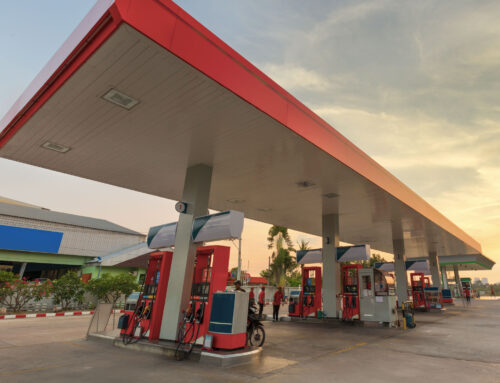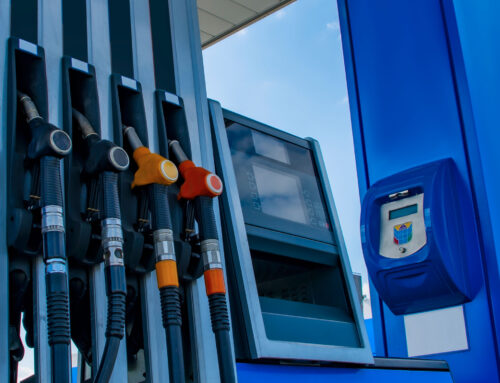Last year, the record-high demand for online goods, Personal Protective Equipment (PPE), and medical supplies strained the country’s supply chain and ultimately tested logistical efficiency. Then, as states shut down, freight volumes rapidly decreased. Revenues took a dive.
The most immediately impacted people in the industry were truckers.
Truck drivers were challenged to navigate potential exposure to COVID-19 as essential workers. New drug and alcohol testing standards, social distancing, and training restrictions cut the employee pool and limited the number of new drivers into the industry. Companies furloughed workers and, in worst cases, laid off their drivers.
A year into the pandemic, the trucking industry is overcoming seemingly insurmountable obstacles. Here is what to expect for the rest of 2021.
Better Tech, Greater Operational Efficiency
Trucking companies learned harsh lessons from near-constant logistical nightmares during 2020. To mitigate the possibility of experiencing those again, companies are implementing supply chain management software and using it to manage inventory, distribution, and manufacturing.
Likewise, trucking companies are utilizing apps and analytics like Comdata’s Fleet Technology. This application helps companies to track real-time spending, find the cheapest fuel prices, and limit what truckers can purchase. It also automates data entry and minimizes paperwork on the back end.
With budgets still tight, better tech can help trucking companies and truck stops save money and prevent spillage.
Fewer Jobs, More Mergers
2020 was a tough year to be a trucker. In May, Business Insider reported that 88,300 truck drivers lost their jobs in the month of April. That represented the single biggest trucking job loss in the industry’s history.
Until the industry stabilizes, trucking jobs are expected to be tight. Small and medium-size companies can’t afford to power their entire fleet and reduced staffing will continue.
The good news is that may result in increased, or at least sustained driver pay. Larger trucking companies, in particular, will pay to keep their existing drivers because the rate for contract drivers is soaring. In 2021, the contract rate is anticipated to rise between 8 and 15 percent.
According to the Wall Street Journal, 3,140 fleets closed their doors last year, That huge swell of closures represents a 185 percent increase compared to 2019.
Smaller trucking companies and independent trucking companies, who have tighter margins, were the most negatively impacted. Instead of closing up shop, many of those mom-and-pop operations sold their businesses to larger trucking companies. As a result, mergers and acquisitions are becoming more common.
For More Trucking Industry News, Follow Financial Fuel Services
The trucking industry is changing. The global pandemic, a new administration, sweeping shifts in regulations will continue to affect truckers, trucking companies, and truck stops.
Don’t miss a beat by following Financial Fuel Services’ Industry News. We keep out our finger on the pulse of the trucking industry and work to inform our current and potential clients. To learn more about our services, we encourage you to review this comprehensive outline. Feel free to contact us directly at (724)746-9860






